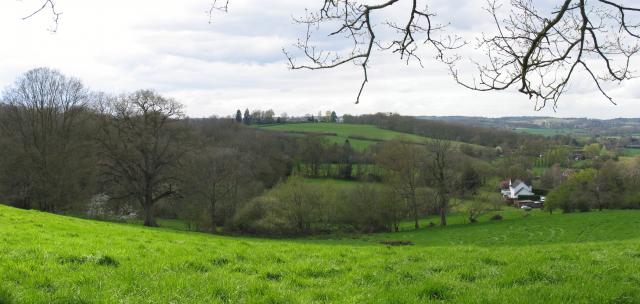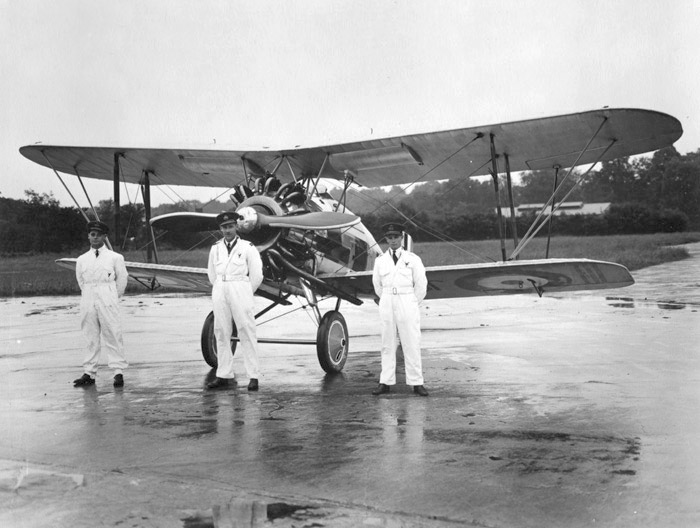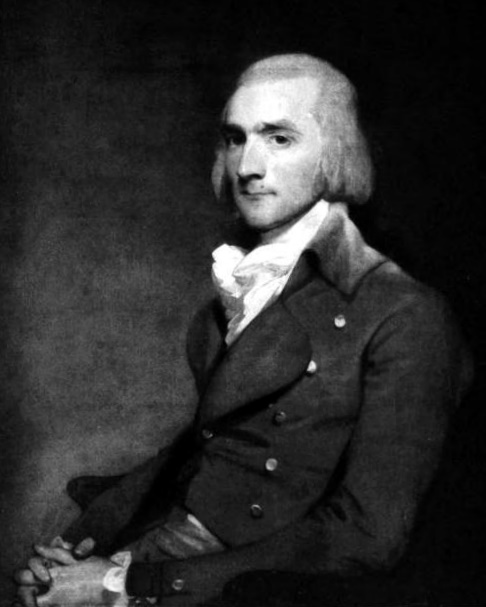|
Marlston
Marlston is a village in the English ceremonial county of Berkshire. For administrative purposes, it lies within the civil parish of Bucklebury and the unitary authority of West Berkshire. Etymology The place-name Marlston is first attested as ''Marteleston'' in 1242, and means "Martel's town or manor". Galfridus Martel held the manor in 1242; ''Martel'' is a French nickname meaning "hammer", from the Old French ''martel'' (modern French ''marteau''). Geography The settlement lies south of the M4 motorway, and is located approximately north-east of Thatcham. It is west of the River Pang on a minor road, midway between Hermitage and Bucklebury. History The parish church of St Mary dates back to the 12th century, the north door is dated to circa 1170. The church was restored in 1855 by William Butterfield. It is a Grade II* listed building. Marlston House was built between 1895 and 1899 in the Elizabethan style, replacing an Elizabethan era house on the same site. It wa ... [...More Info...] [...Related Items...] OR: [Wikipedia] [Google] [Baidu] |
Brockhurst And Marlston House School
Brockhurst and Marlston House School is a British independent and boarding preparatory school. It occupies Marlston House, a grade II* listed Elizabethan style house situated in the hamlet of Marlston and the civil parish of Bucklebury in the English county of Berkshire. The house The house lies on a historic site, and the seat of a manor, being occupied by a house from the Elizabethan era. At one point the manor was held by Richard Wightwick, who co-founded Pembroke College of the University of Oxford. By 1855 the house was occupied by Henry Mill Bunbury, who had the house remodelled by Mr. W. Butterfield. The current Marlston House was built between 1895 and 1899 by Edward Burgess in the Elizabethan style to replace that remodelled house. It was built for George Palmer, who was one of the founders of the Huntley & Palmers biscuit factory, mayor of the nearby town of Reading, and Member of Parliament for Reading. After George Palmer died in 1897, the house was occ ... [...More Info...] [...Related Items...] OR: [Wikipedia] [Google] [Baidu] |
George Palmer (businessman)
George Palmer (18 January 1818 – 19 August 1897) was a British entrepreneur, being mostly known as proprietor of the Huntley & Palmers biscuit manufacturers of Reading in England. Family life Palmer was born in Long Sutton in Somerset, the eldest son of William Palmer and his wife, Mary, the daughter of William Isaac of Sturminster Newton in Dorset. Both were Quaker families. His wife was a first cousin of Cyrus Clark and James Clark who founded the shoemakers C. & J. Clark. His father died in 1826, and he was educated at Sidcot School near Weston-super-Mare, before becoming an apprentice to his uncle, who was a miller and confectioner. He married Elizabeth Sarah Meteyard in 1850. They had had six sons and four daughters. One daughter Emily married the evolutionary biologist Edward Bagnall Poulton, whilst his daughter Alice married the physiologist Augustus Desire Wallace. His wife died in 1894, and he died of a stroke at home three years later. Business Palmer w ... [...More Info...] [...Related Items...] OR: [Wikipedia] [Google] [Baidu] |
George William Palmer (British Politician)
George William Palmer (23 May 1851 – 8 October 1913) was a member of the Palmer family, proprietors of the Huntley & Palmers biscuit manufacturers of Reading in England. He was born in Reading, the son of George Palmer and his wife, Elizabeth Sarah, the daughter of Robert Meteyard. Like his father, George William Palmer served as mayor of Reading and represented the town in parliament. He served as Liberal Member of Parliament for the Reading borough constituency from 1892 until his defeat at the 1895 general election. He regained the seat at a by-election in 1898, and held it until he resigned from Parliament in 1904, due to advancing deafness. He received the honorary Freedom of the Borough The Freedom of the City (or Borough in some parts of the UK) is an honour bestowed by a municipality upon a valued member of the community, or upon a visiting celebrity or dignitary. Arising from the medieval practice of granting respected ... of Reading on 3 December 1902, ... [...More Info...] [...Related Items...] OR: [Wikipedia] [Google] [Baidu] |
Bucklebury
Bucklebury is a village and civil parish in West Berkshire, England, about north-east of Newbury and north of the A4 road. The parish has a population of 2,116, but the village is much smaller. Bucklebury Common, with an area of over , is one of the largest commons in the ceremonial and historic county of Berkshire. Toponymy The place-name "Bucklebury" is first attested in the Domesday Book of 1086, where it appears as ''Borgeldeberie'', which means "Burghild's fortified place or borough" ("Burghild" is a woman's name). Geography The parish of Bucklebury has three main parts. The original village is on the banks of the River Pang close to its three sources in the parish. Directly south of Bucklebury village and on higher ground is Bucklebury Common, which is of open grazing on managed heather and woodland. The common is, under the Inclosure Acts, open to villagers only as commoners and privately owned. At the eastern boundary of the common is Chapel Row, incorporating loc ... [...More Info...] [...Related Items...] OR: [Wikipedia] [Google] [Baidu] |
Douglas Bader
Group Captain Sir Douglas Robert Steuart Bader, (; 21 February 1910 – 5 September 1982) was a Royal Air Force flying ace during the Second World War. He was credited with 22 aerial victories, four shared victories, six probables, one shared probable and 11 enemy aircraft damaged. Bader joined the RAF in 1928, and was commissioned in 1930. In December 1931, while attempting some aerobatics, he crashed and lost both his legs. Having been on the brink of death, he recovered, retook flight training, passed his check flights and then requested reactivation as a pilot. Although there were no regulations applicable to his situation, he was retired against his will on medical grounds. After the outbreak of the Second World War in 1939, however, Douglas Bader returned to the RAF and was accepted as a pilot. He scored his first victories over Dunkirk during the Battle of France in 1940. He then took part in the Battle of Britain and became a friend and supporter of Air Vice Marshal ... [...More Info...] [...Related Items...] OR: [Wikipedia] [Google] [Baidu] |
William Butterfield
William Butterfield (7 September 1814 – 23 February 1900) was a Gothic Revival architect and associated with the Oxford Movement (or Tractarian Movement). He is noted for his use of polychromy. Biography William Butterfield was born in London in 1814. His parents were strict non-conformists who ran a chemist's shop in the Strand. He was one of nine children and was educated at a local school. At the age of 16, he was apprenticed to Thomas Arber, a builder in Pimlico, who later became bankrupt. He studied architecture under E. L. Blackburne (1833–1836). From 1838 to 1839, he was an assistant to Harvey Eginton, an architect in Worcester, where he became articled. He established his own architectural practice at Lincoln's Inn Fields in 1840. From 1842 Butterfield was involved with the Cambridge Camden Society, later The Ecclesiological Society. He contributed designs to the Society's journal, ''The Ecclesiologist''. His involvement influenced his architectural style. He als ... [...More Info...] [...Related Items...] OR: [Wikipedia] [Google] [Baidu] |
Village
A village is a clustered human settlement or community, larger than a hamlet but smaller than a town (although the word is often used to describe both hamlets and smaller towns), with a population typically ranging from a few hundred to a few thousand. Though villages are often located in rural areas, the term urban village is also applied to certain urban neighborhoods. Villages are normally permanent, with fixed dwellings; however, transient villages can occur. Further, the dwellings of a village are fairly close to one another, not scattered broadly over the landscape, as a dispersed settlement. In the past, villages were a usual form of community for societies that practice subsistence agriculture, and also for some non-agricultural societies. In Great Britain, a hamlet earned the right to be called a village when it built a church. [...More Info...] [...Related Items...] OR: [Wikipedia] [Google] [Baidu] |
Flying Ace
A flying ace, fighter ace or air ace is a military aviator credited with shooting down five or more enemy aircraft during aerial combat. The exact number of aerial victories required to officially qualify as an ace is varied, but is usually considered to be five or more. The concept of the "ace" emerged in 1915 during World War I, at the same time as aerial dogfighting. It was a propaganda term intended to provide the home front with a cult of the hero in what was otherwise a war of attrition. The individual actions of aces were widely reported and the image was disseminated of the ace as a chivalrous knight reminiscent of a bygone era. For a brief early period when air-to-air combat was just being invented, the exceptionally skilled pilot could shape the battle in the skies. For most of the war, however, the image of the ace had little to do with the reality of air warfare, in which fighters fought in formation and air superiority depended heavily on the relative availability ... [...More Info...] [...Related Items...] OR: [Wikipedia] [Google] [Baidu] |
Royal Air Force
The Royal Air Force (RAF) is the United Kingdom's air and space force. It was formed towards the end of the First World War on 1 April 1918, becoming the first independent air force in the world, by regrouping the Royal Flying Corps (RFC) and the Royal Naval Air Service (RNAS). Following the Allied victory over the Central Powers in 1918, the RAF emerged as the largest air force in the world at the time. Since its formation, the RAF has taken a significant role in British military history. In particular, it played a large part in the Second World War where it fought its most famous campaign, the Battle of Britain. The RAF's mission is to support the objectives of the British Ministry of Defence (MOD), which are to "provide the capabilities needed to ensure the security and defence of the United Kingdom and overseas territories, including against terrorism; to support the Government's foreign policy objectives particularly in promoting international peace and security". The R ... [...More Info...] [...Related Items...] OR: [Wikipedia] [Google] [Baidu] |
World War II
World War II or the Second World War, often abbreviated as WWII or WW2, was a world war that lasted from 1939 to 1945. It involved the vast majority of the world's countries—including all of the great powers—forming two opposing military alliances: the Allies and the Axis powers. World War II was a total war that directly involved more than 100 million personnel from more than 30 countries. The major participants in the war threw their entire economic, industrial, and scientific capabilities behind the war effort, blurring the distinction between civilian and military resources. Aircraft played a major role in the conflict, enabling the strategic bombing of population centres and deploying the only two nuclear weapons ever used in war. World War II was by far the deadliest conflict in human history; it resulted in 70 to 85 million fatalities, mostly among civilians. Tens of millions died due to genocides (including the Holocaust), starvation, ma ... [...More Info...] [...Related Items...] OR: [Wikipedia] [Google] [Baidu] |
Astor Family
The Astor family achieved prominence in business, society, and politics in the United States and the United Kingdom during the 19th and 20th centuries. With ancestral roots in the Italian Alps region of Italy by way of Germany, the Astors settled in Germany, first appearing in North America in the 18th century with John Jacob Astor, one of the wealthiest people in history. Founding family members John Jacob Astor (born Johann Jakob Astor) was the youngest of four sons born to Johann Jacob Astor (1724–1816) and Maria Magdalena vom Berg (1730–1764). The Astor family can trace their ancestry back to Giovan Asdour (1595–1668) and Gretta Ursula Asdour (1589–). Giovan was born in Chiavenna, Italy, and died in Zürich, Switzerland. Their son, Hans Pieter Asdor, was born in Switzerland and died in Nußloch. John Jacob and his brother George left Germany and moved to London in 1778. There, they established a flute making company. In 1783, John Jacob left for Baltimore, Maryla ... [...More Info...] [...Related Items...] OR: [Wikipedia] [Google] [Baidu] |
Member Of Parliament (United Kingdom)
In the United Kingdom, a member of Parliament (MP) is an individual elected to serve in the House of Commons of the Parliament of the United Kingdom. Electoral system All 650 members of the UK House of Commons are elected using the first-past-the-post voting system in single member constituencies across the whole of the United Kingdom, where each constituency has its own single representative. Elections All MP positions become simultaneously vacant for elections held on a five-year cycle, or when a snap election is called. The Fixed-term Parliaments Act 2011 set out that ordinary general elections are held on the first Thursday in May, every five years. The Act was repealed in 2022. With approval from Parliament, both the 2017 and 2019 general elections were held earlier than the schedule set by the Act. If a vacancy arises at another time, due to death or resignation, then a constituency vacancy may be filled by a by-election. Under the Representation of the People Act 198 ... [...More Info...] [...Related Items...] OR: [Wikipedia] [Google] [Baidu] |







